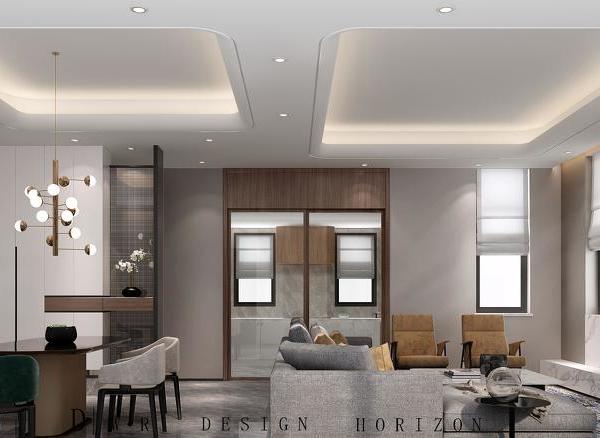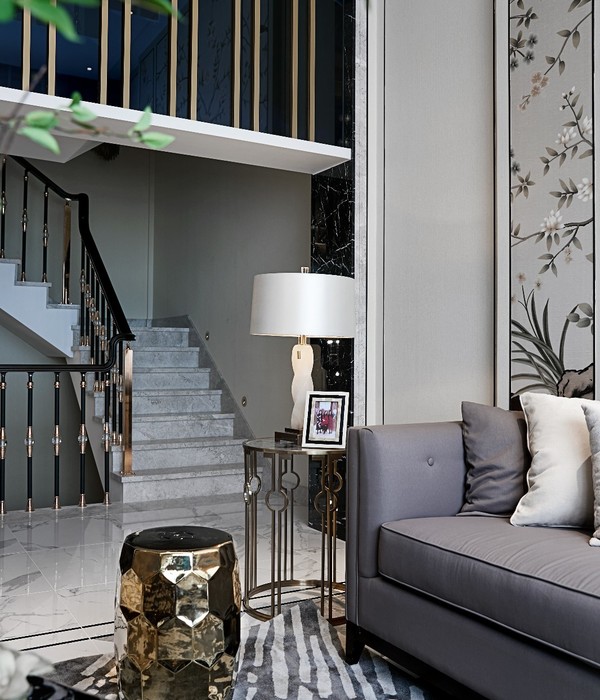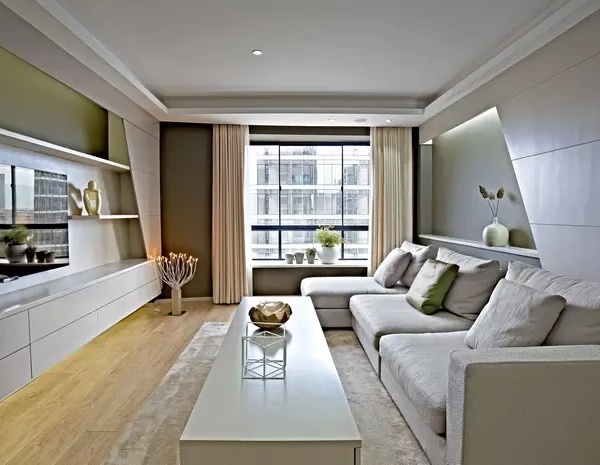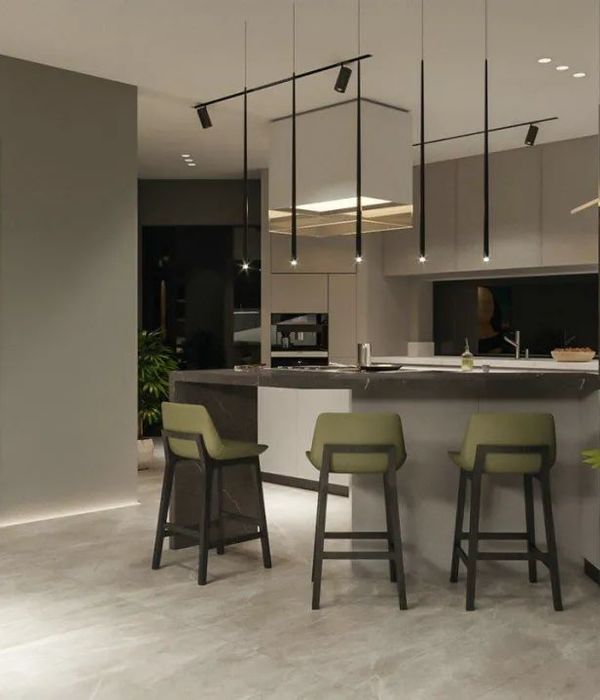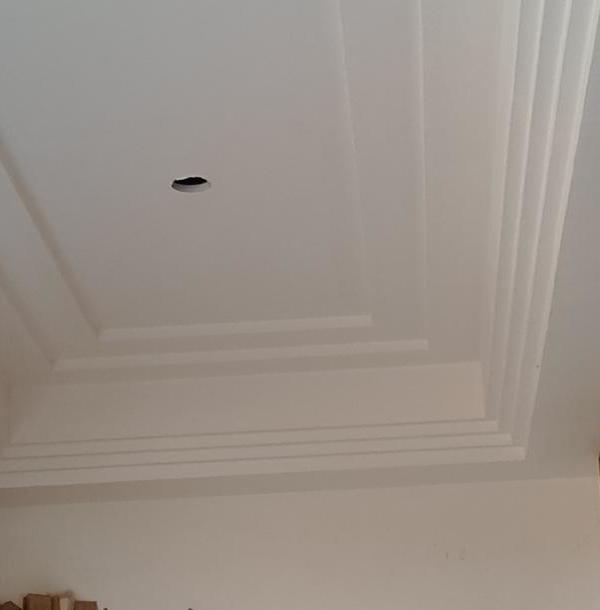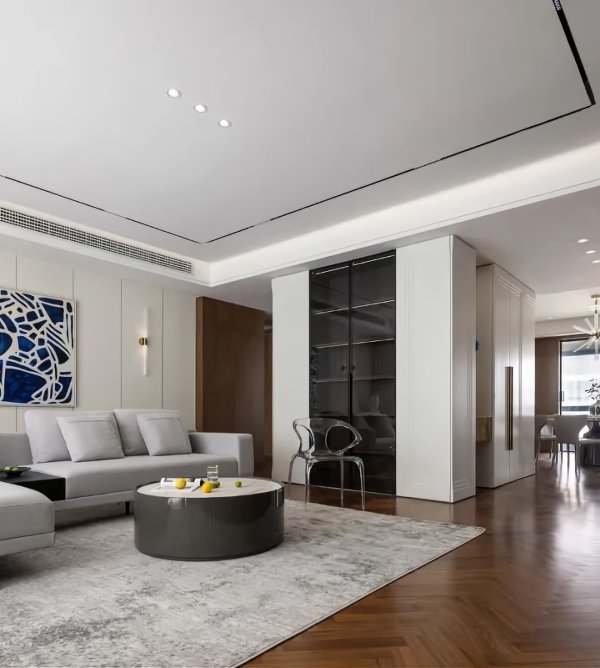This project is a contemporary reflection of the traditional Lithuanian country house. In days of old, a farmstead usually comprised of various purpose-oriented buildings of different sizes (farmhouse, barn, cattle shed, garner, etc.), logically arranged on a plot of land according to their function. For the project, we take separate blocks of differing size and height, each fulfilling its own function (living room, master unit, children’s unit, carport and verandas), and put them together to form a habitable cluster of contemporary living spaces.
The restrained exterior of blackened wood boards makes you feel comfortably sheltered from the chilly climate. In contrast, the bright and visually warm interior emanates peace and lightness. There are open-space verandas on different sides of the house whose brightness seemingly extend the interior. Owing to sheltered spaces and big windows, the boundary between being inside and outside becomes somewhat blurred, inhabitants easily finding themselves out in the open.
Austere and reserved at first sight, the house opens up to become transparent and hospitable. To accomplish this, structural layout was key. The passageway within the house is organised in axial directions. The sliding doors on these axes do not hinder the passageway and enable the house to open from end to end. For an inhabitant moving along these axes, the windows at both ends render a visual target, as if allowing them beyond the confines of the house.
Inspired by traditional Lithuanian architecture, wood is dominant. All structures are made of wood. Outdoor decking uses fir boards and plywood panels. Against the backdrop of white walls, wooden elements and furniture made of solid spruce become the key accent of the interior, revealing the wooden origins of the house.
{{item.text_origin}}

